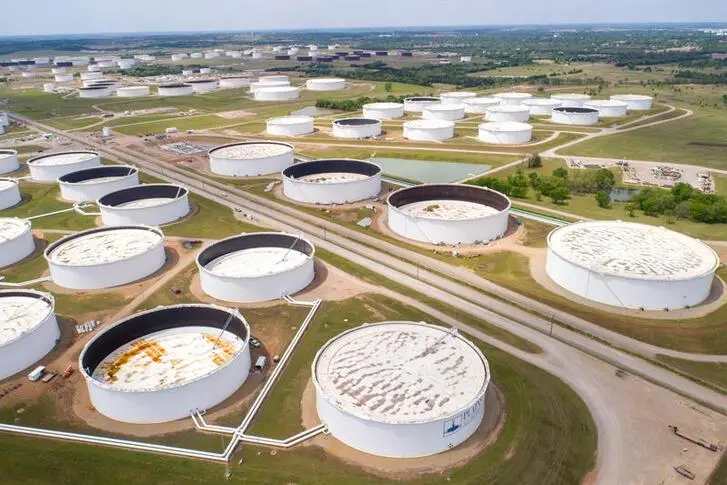PHOTO
Brent crude seems to have set at least a new floor above $70, and even West Texas Intermediate the biggest victim of the price collapse of just over a year ago is also reaching multi-year highs. Yet US shale appears to be stuck in a rut.
Figures from the John Kemp energy consultancy recently showed that the latest rig count was unchanged at 359 platforms operating in the US oil market, mostly in the shale fields of West Texas.
That is well up on the cyclical low of 172 last August as the US oil industry closed down, along with most of the rest of the global economy. But it is also way down on the number of 683 rigs operating before the pandemic struck.
It is a real puzzle, causing much head-scratching among the oil analysts. The great strength of the US shale industry in the past has been its flexibility and responsiveness to financial conditions. Because of the nature of the shale industry, operators were able to load up and head off into the oil fields of the Permian Basin whenever the price justified it.
With the cost of production of most shale operators somewhere in the $40-50 range, you would think we had reached the point where it was profitable to rig up again. Yet the rig figures are telling us otherwise.
What exactly is shale waiting for before it takes off again?
One clue to the puzzle lies in the fact that, despite the lack of rig activity, there is actually quite a lot of asset trading going on in the Permian region. Parcels of land estimated to be worth about $7 billion were traded in the first five months of 2021 as much as in the whole of 2020 as operating companies and investors look to make up for some of the losses they sustained last year.
But that merely underlines the new reality in the US shale industry: Oil is dancing to a tune set by the financial industry rather than just getting on with the business of getting the black stuff out of the ground.
Christyan Malek, the top-rated analyst at JP Morgan who predicted the recent surge in prices some time ago, says that the American oil industry is in a straitjacket of financial origin.
Shale executives who previously had almost unlimited access to capital are having to adjust to the new imperatives after the WTI bust, which saw a number of them go out of business altogether.
Those left standing have to use funds to honor pledges to deleverage their businesses, essentially to pay back loans, rather than spending that money to begin drilling again.
They also have to make good on commitments to the investors and bankers who kept them going last year that they would pay bigger dividends and buy back shares to improve historically meager financial returns.
At the same time, under the pressure of the US environmental lobby newly empowered by the Biden administration, they also have to demonstrate a commitment to energy transition rather than expanding hydrocarbon operations.
The recent shareholder troubles of ExxonMobil and Chevron show that even the biggest US oil companies are vulnerable to the demands of the new breed of environmental activists, who are increasingly backed by ESG-aware investors in the US and in Europe.
The quoted share price of oil companies used to pretty much mirror the price of crude oil on global markets, but despite the stellar gains by Brent and WTI this year, none of the independents has matched those gains.
It looks as though the shake-out from the US oil crisis of 2020 is going to take a lot longer to work its way through the industry, and there is no guarantee that shale can ever resume the commanding position it held in global energy markets for much of the previous decade.
All of which is good news for OPEC, Russia, and especially Saudi Arabia, which can continue to enhance global market share undistracted by what is increasingly becoming a US sideshow.
Frank Kane is an award-winning business journalist based in Dubai.
Twitter: @frankkanedubai
Copyright: Arab News 2021 All rights reserved. Provided by SyndiGate Media Inc. (Syndigate.info).












